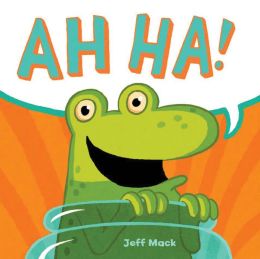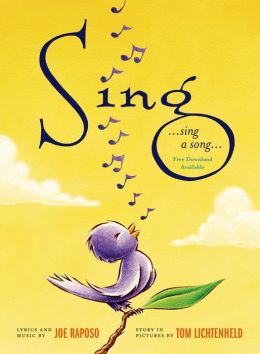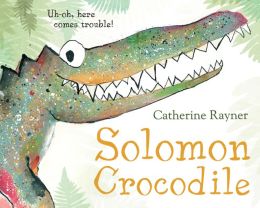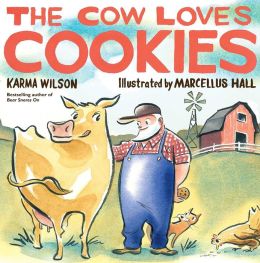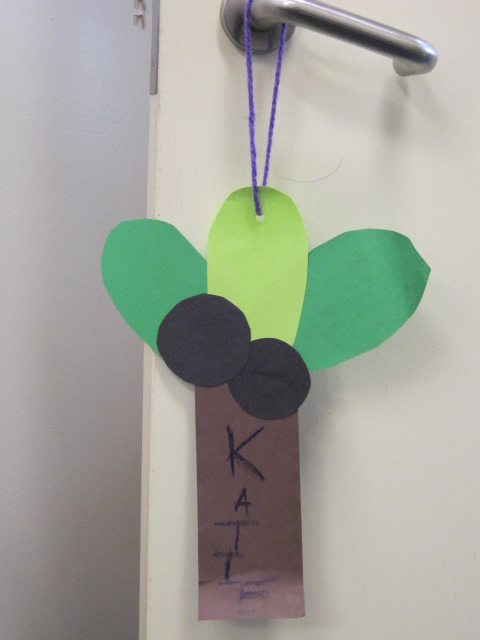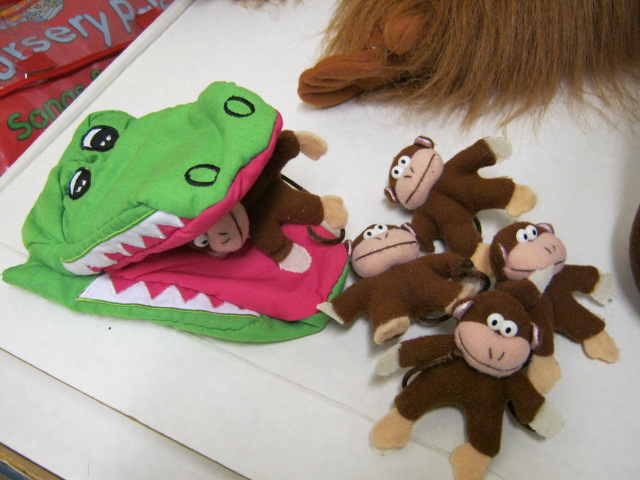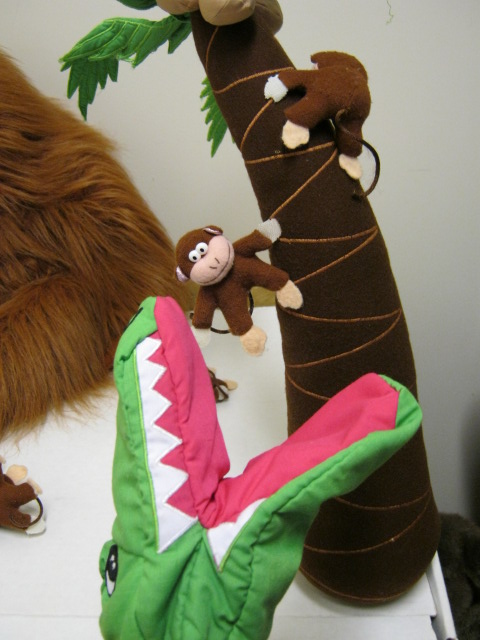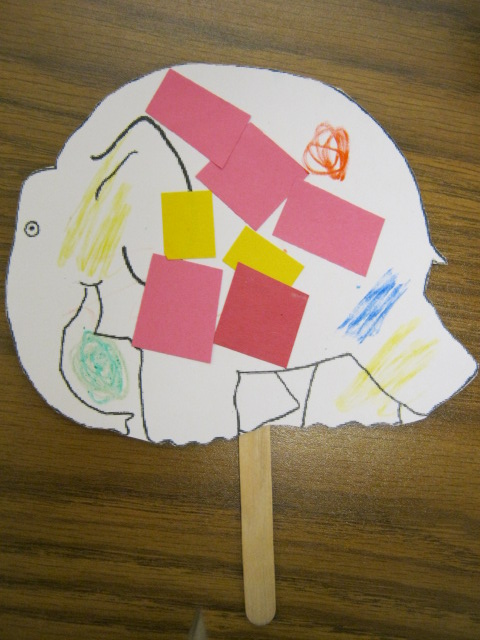Introduction: The boy in this book loves to read books and he got a book as a gift. Where do you like to read books? . . . Let's see what this boy likes to do with his book.
Early Literacy Aside--Example: Adults when we are a bit silly as we talk about the pictures in a book, [such as the one wearing the book like a hat or turning it upside down] we are encouraging that enjoyment around books which will serve your children well when they try to learn to read. That enjoyment makes them choose to read and the more they choose to read, the easier reading will become, bit by bit.
Early Literacy Aside--Empower: I have pulled some books onto this table for display. Having your child choose a book they may enjoy is another way to support print motivation, your child's enjoyment around books and reading. If your child does not like the ones here, I would be happy to help you pick out something together from our collection.



